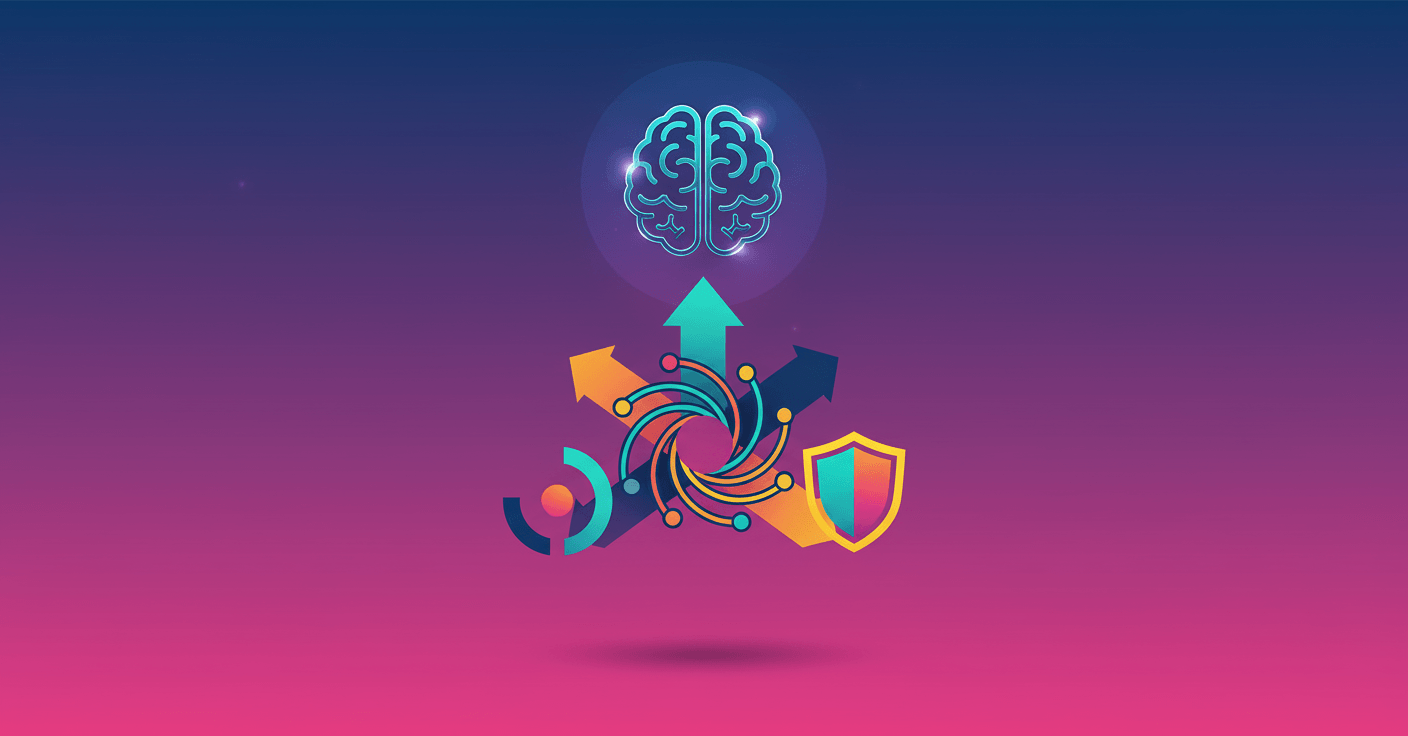OpenAI launched GPT-5 on August 7, 2025 — a version the company describes as its "most intelligent, fastest and most useful" model yet. It arrived with the promise of putting intelligence at the center of businesses — and with a staggered availability for Team, Enterprise, Education and the API. (openai.com)
What GPT-5 is and what's new
GPT-5 isn't just an incremental update: OpenAI presents it as a unification of prior advances (including GPT-4o and the o series), with improvements in reasoning, speed and context recognition. In practice that means more accurate answers, better handling of long contexts and stronger capabilities for structured tasks. (openai.com)
Sounds like technical jargon? Think of it simply: fewer manual corrections, less time hunting for context in old conversations, and outputs that need less human editing to be ready. That's what improvements in "structured thinking" and problem solving promise. ()
